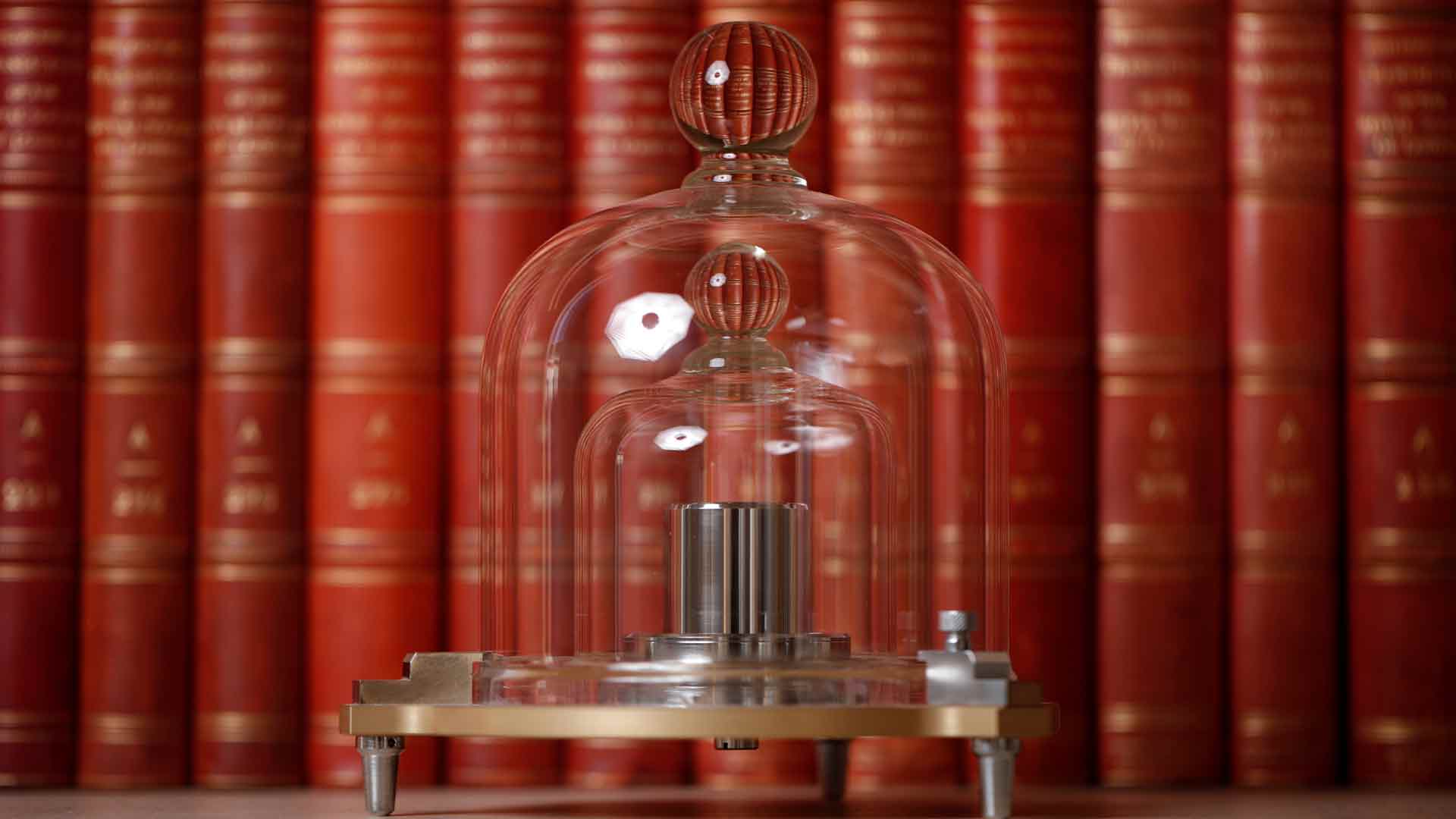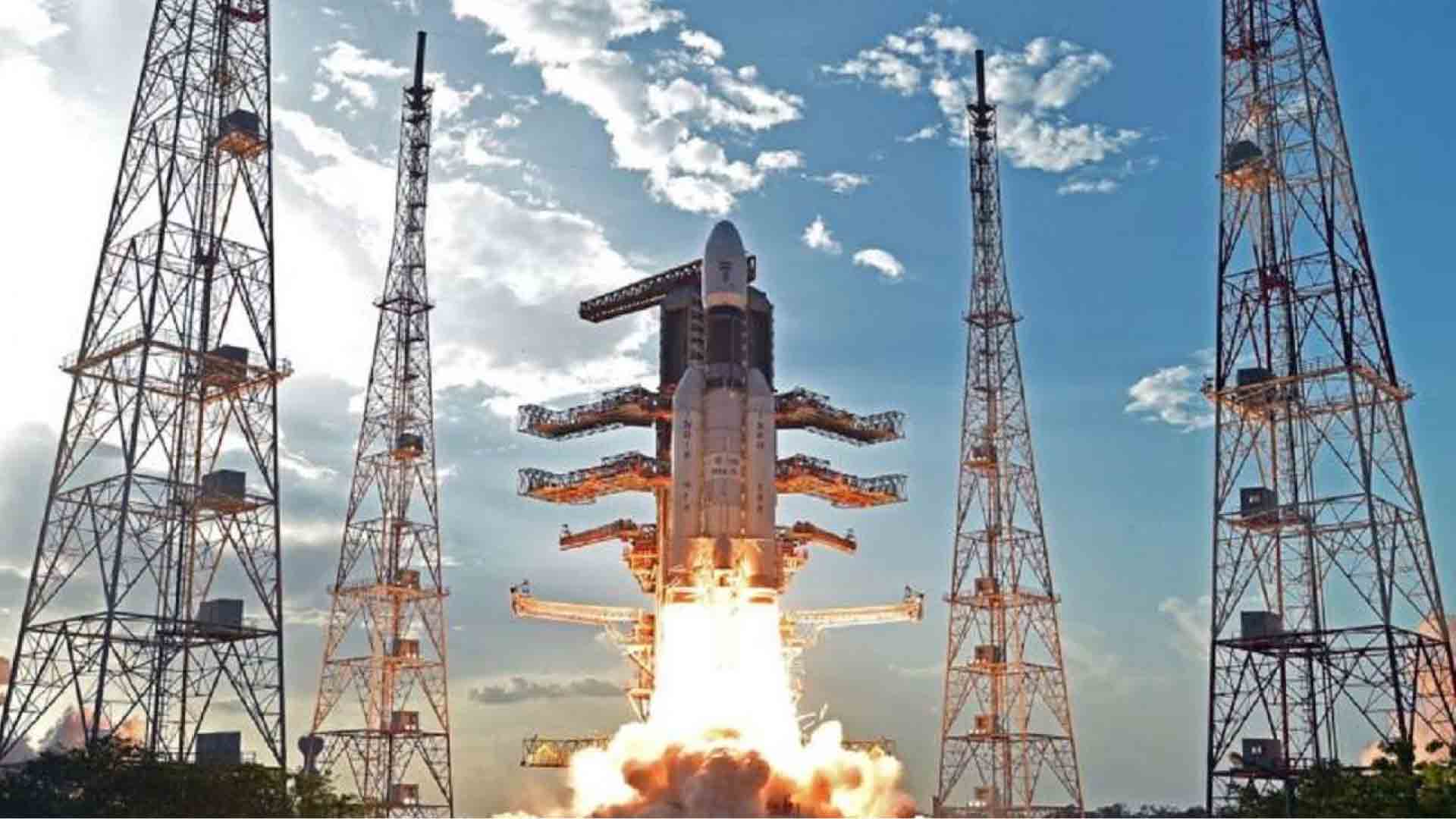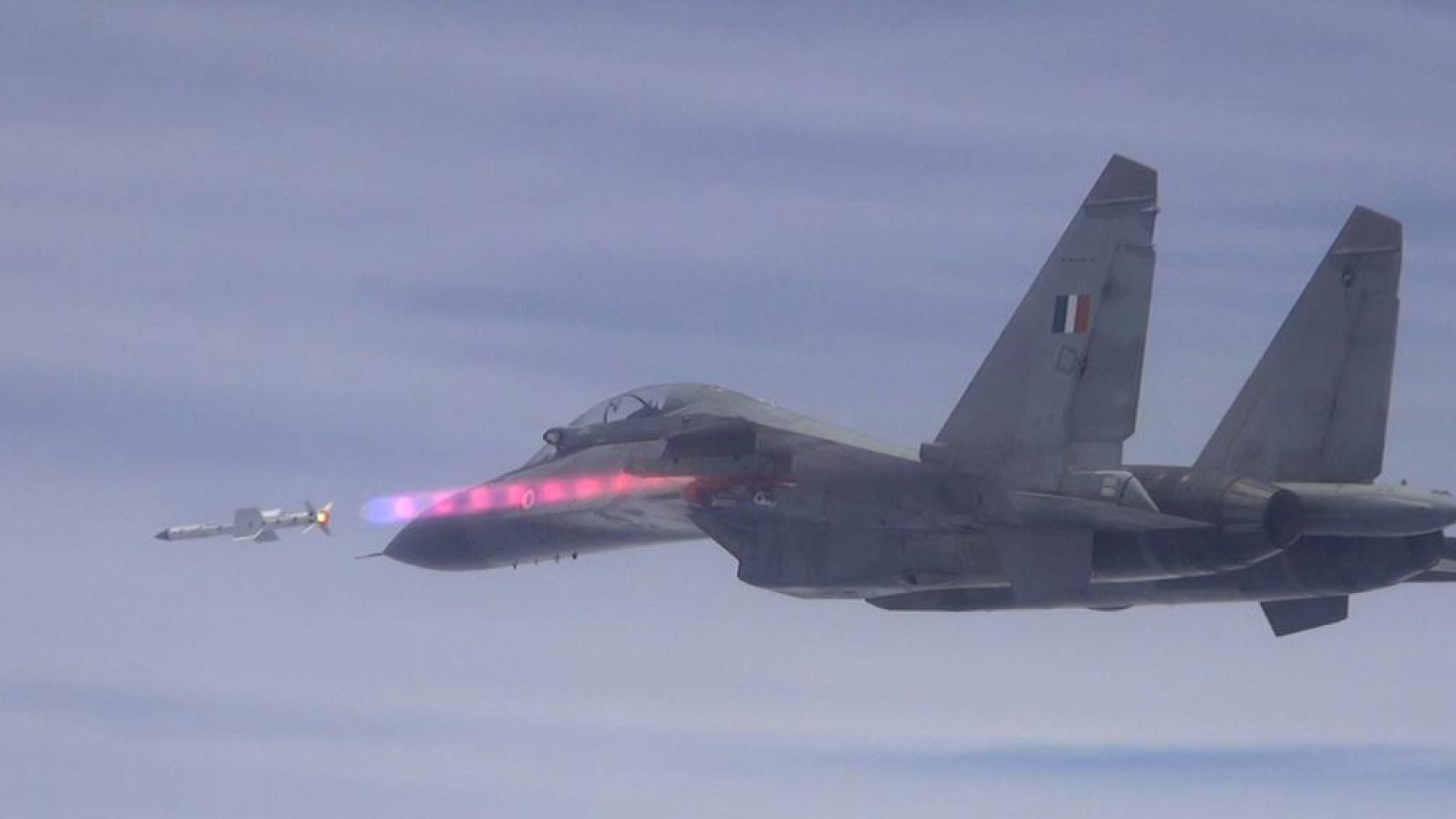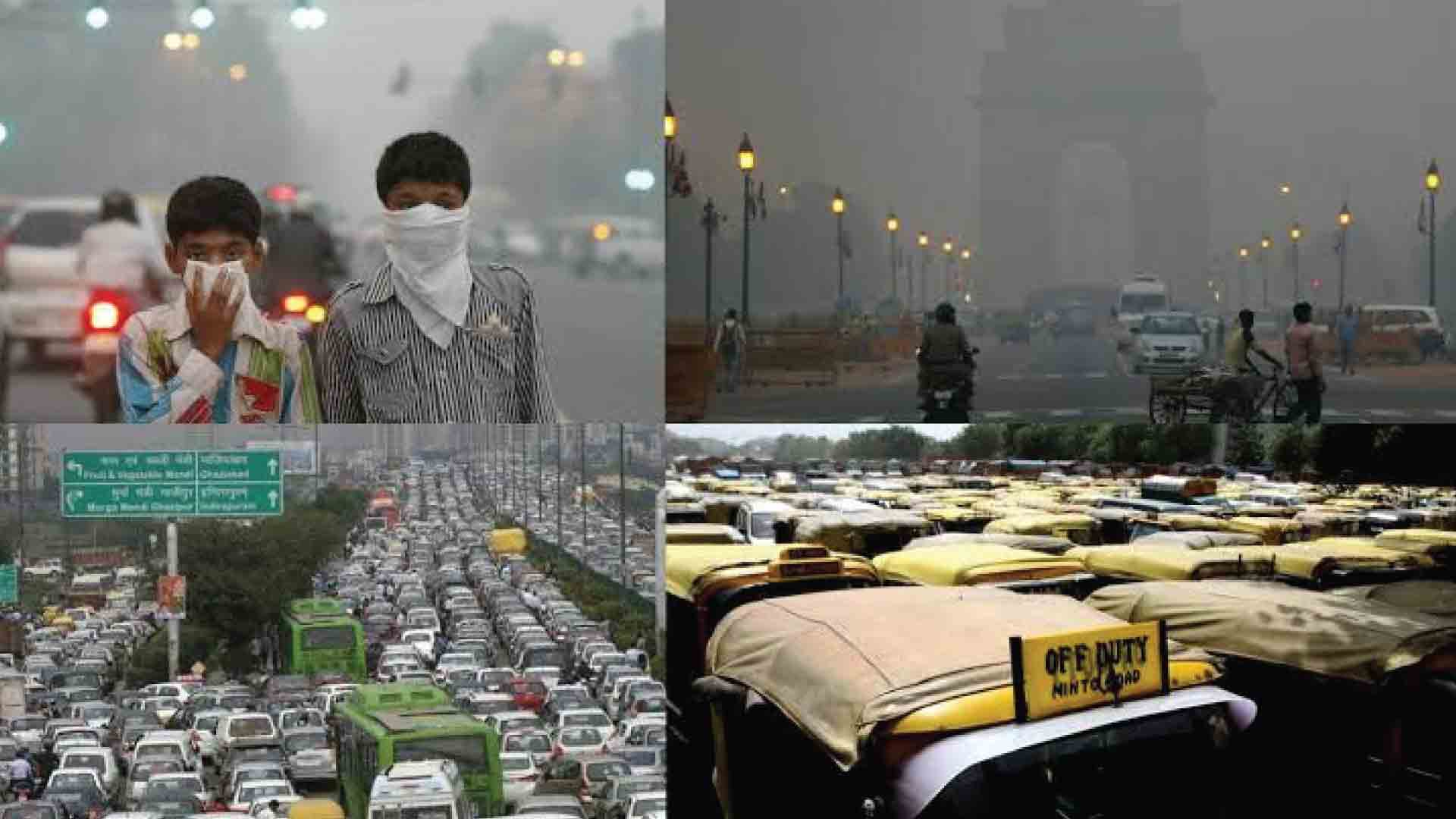The Chandrayaan 2
en-route moon might surprise us after it lands its rover on the unchartered lunar South Pole during its lunar exploration mission. Studies have further
suggested that there could be more ice water in the region than previously
thought.
After the successful
completion of Chandrayaan 1 mission of having evidence of water on the Moon
surface, ISRO has been carrying the experiments further by mapping the extent
and distribution of water.
This mission primarily had scientific goals of studying lunar topography, mineralogy, elemental abundance, lunar exosphere and signatures of hydroxyl and water ice.
Here it is
conversational that the moon’s South Pole region consists of solar system’s
most extreme environments. Which means, it is extremely cold, hugely cratered
and some of the areas in it are either uniformly covered in sunlight or
darkness which is why NASA says it wants to send astronauts therein 2024
as part of its Artemis programme. On July 22, the Indian Space Research
Organisation (ISRO) launched Chandrayaan-2 on-board its powerful rocket
GSLV-MkIII-M1 from the spaceport of Sriharikota in Andhra Pradesh.
"Moon's South
Pole region has more shadow than the North Pole region, and there is possibly
some permanent shadowed the region, for example, in the craters, called cold
trap," said Sudip Bhattacharyya, associate professor at Mumbai's Tata
Institute of Fundamental Research (TIFR). "So it is more likely that
water, in the form of ice, and some other volatile elements are preserved and
will be found in the South Pole the region," Mr Bhattacharyya, who was not
involved in the studies, told the news agency Press Trust of India.
Multiple types of research took place which proved the presence of thick ice deposits inside permanently shadowed simple craters on the moon by studying similarities between craters of Mercury and Moon.
"We measured the depth/diameter ratio of approximately 2,000 simple
craters near the north pole of Mercury using Mercury Laser Altimeter data. We
find that these craters become distinctly shallower at higher latitudes, where
ice is known to have accumulated on their floors," researchers wrote in
the paper.
"We find that previously detected surface ice deposits in the south
polar region of the Moon are spatially correlated with shallow craters,
indicating that the surface ice may be exhumed or linked to the subsurface via
diffusion," researchers said.
"People think of some areas in these polar craters as trapping
water and that's it. But there are solar wind particles and meteoroids hitting
the surface, and they can drive reactions that typically occur at warmer
surface temperatures. That's something that's not been emphasised," said
William M Farrell from NASA's Goddard Space Flight Center.
Scientists and researchers hence believe that while water had been
seeping out the shadowed craters, somewhere there could be the possibility that
it is being added too. Along with this the icy comets colliding into the moon,
the solar wind, therefore, fix the probability to renew the global water cycle.





















.jpg)










